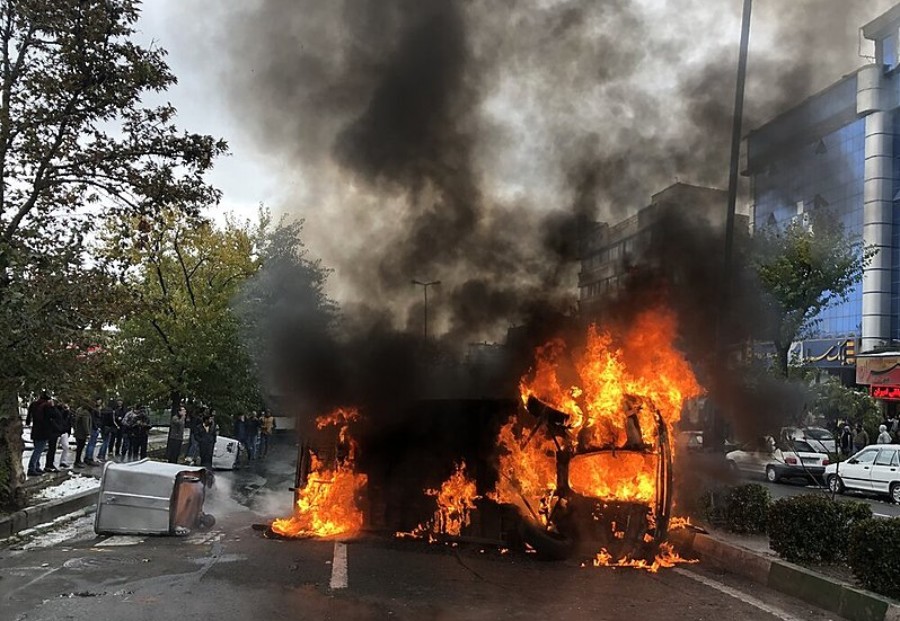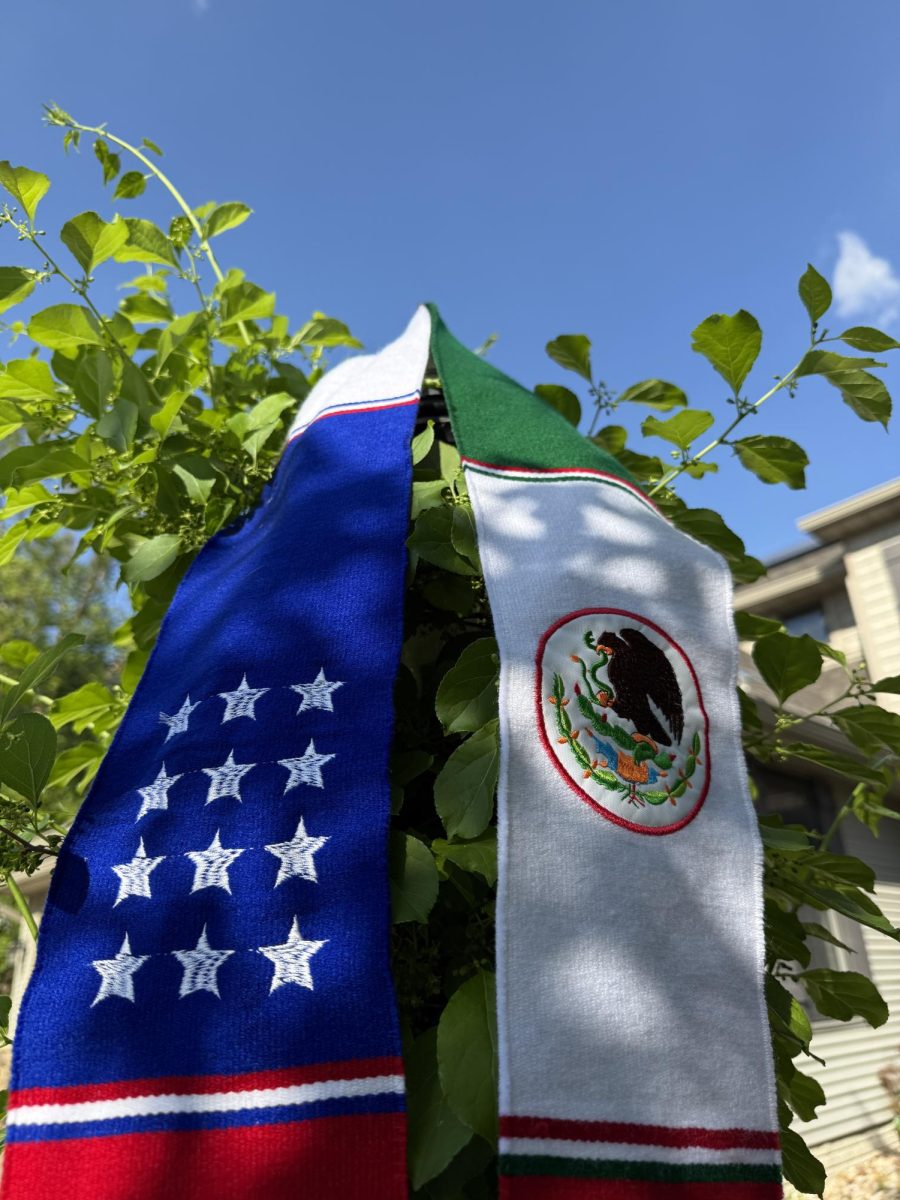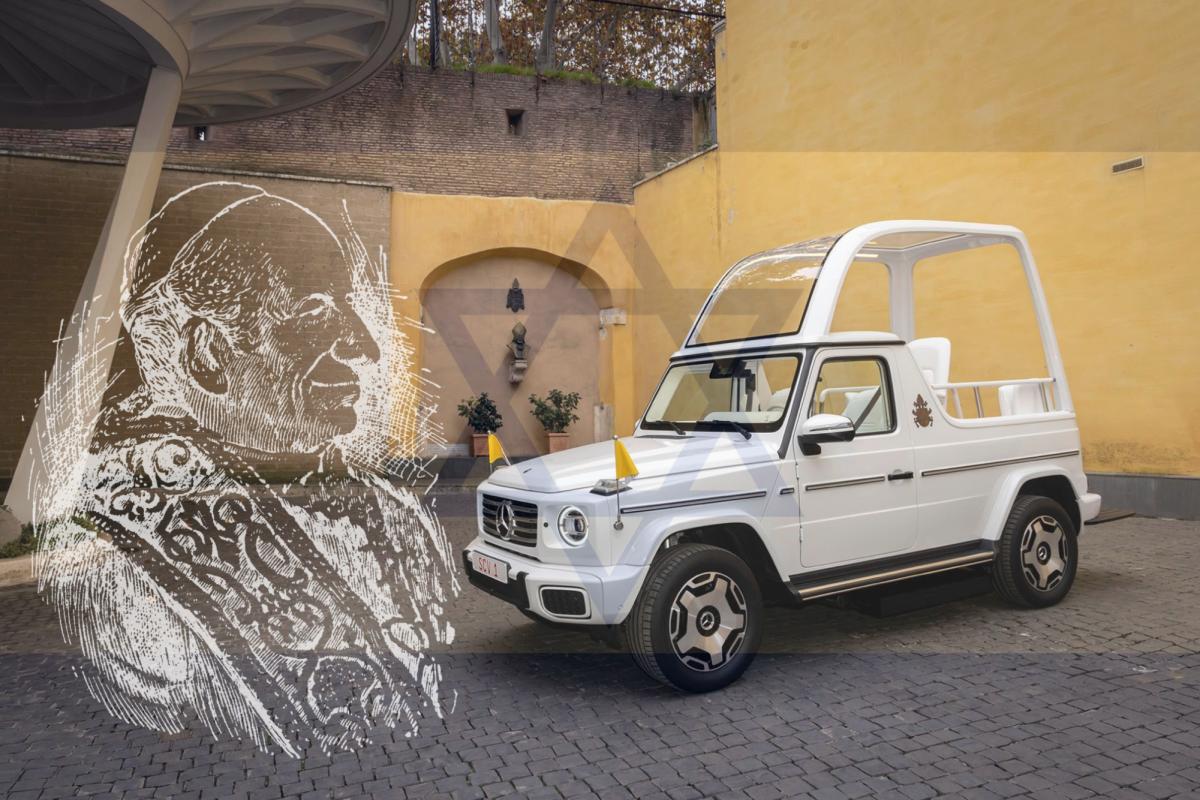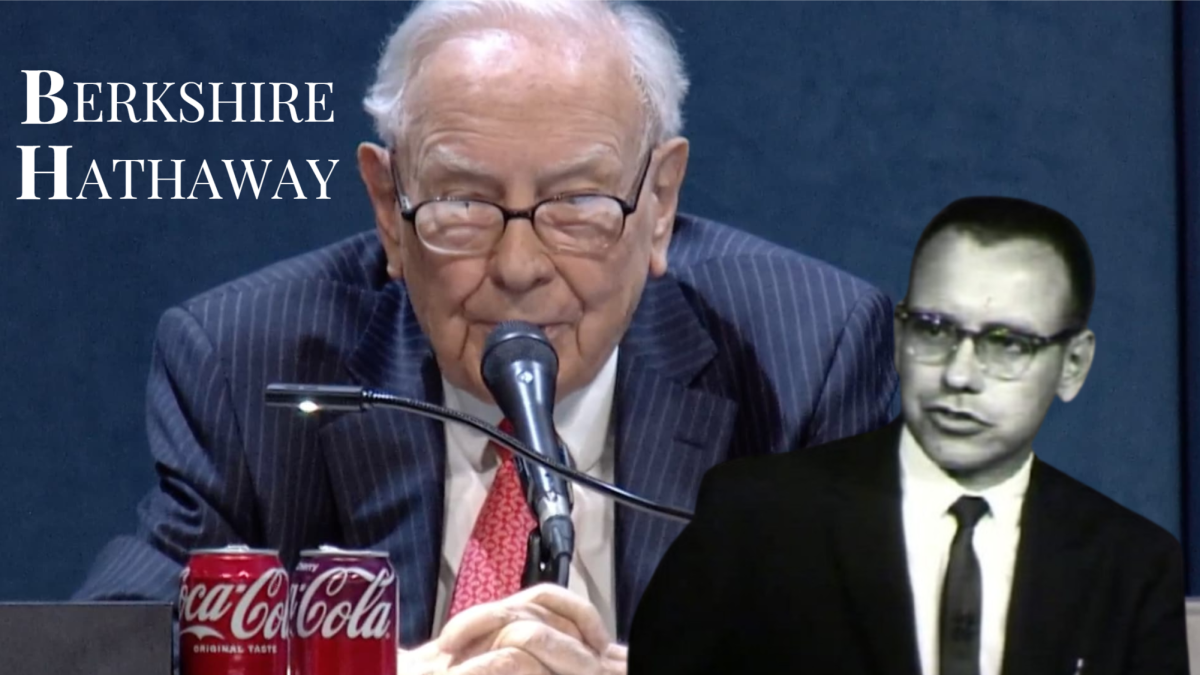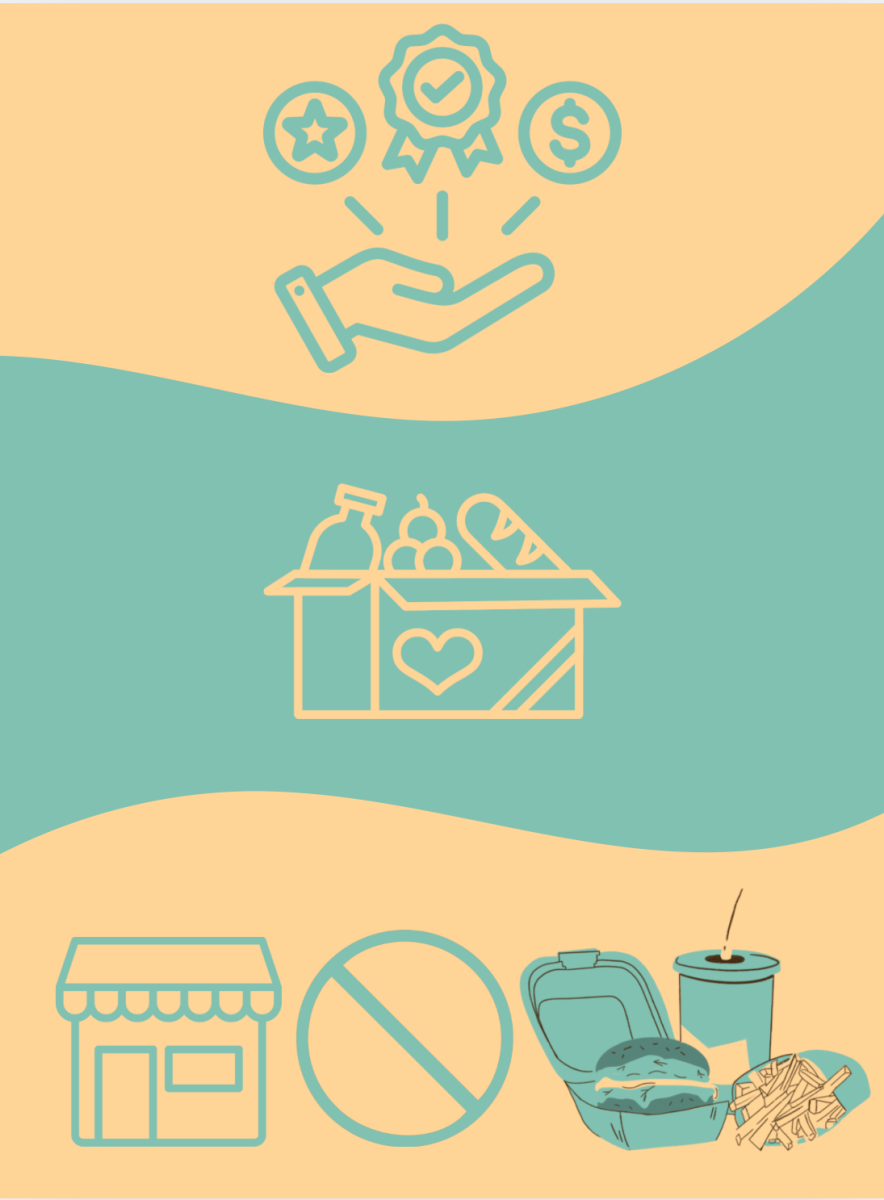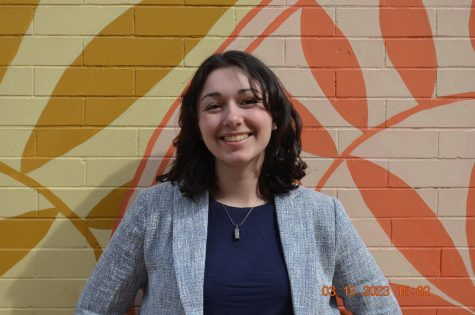Iran is a land of history and humanity, one of Earth’s oldest civilizations and the birthplace of rich literature, art, music and architecture. But the beautiful country is hidden behind the brutality of a religious authoritarian regime.
The aftermath of the 1979 Islamic Revolution birthed the Iran of today. A key practice instituted after the revolution mandated that women–regardless of religion or nationality–wear a hijab over their head. Refusal to wear a hijab is a punishable crime under Iran’s hijab rules; breaking this law constitutes a death sentence.
22-year-old Mahsa Amini was the latest victim of unjust hijab laws.
On Sept. 13, while with her brother in the capital city of Tehran, Amini was arrested for an “improper” hijab. Before she was taken to the Vozara Detention Center, witnesses reported seeing morality police officers strike her with batons and beat her head against vehicles. After collapsing at the Center, Amini fell into a coma, and died three days later. Iranian authorities released a statement saying that Amini died of natural causes, but the public did not believe the edited surveillance footage.
The truth about Amini’s death became the fuel for nation-wide outrage. Protests erupted in every region of Iran, criticizing the government, President Ebrahim Raisi and the morality police. Women took to the streets to burn their hijabs and cut their hair while chanting مرگ بر دیکتاتور (death to the dictator). Protesters faced death as armed officials fired live ammunition into crowds.
Rahavard Farahani, known professionally as Golshifteh Farhani, is an Iranian actress who now lives in Paris. Following Amini’s murder, Farahani shared a post to her 13.9 million Instagram followers captioned, “This is what is happening on the streets of Iran everyday. Only for what women wear. They get arrested, they go to prison, get tortured, violently hit.” She concluded with a critique on modern Iranian society. “Literally as a woman when you go out, you won’t know if you would come back home alive or not. ‘The Islamic republic of Iran, 21st century,’” she wrote.
3,500 miles away from Iran, French hijabi women lack autonomy on the opposite end of the spectrum. In a 160 to 143 vote, French lawmakers voted to ban women from wearing hijabs while participating in sports. This comes after France’s 2010 decision to ban niqabs in public. Punishment for violating this law was a 150 euro fine and imprisonment.
As a Muslim woman, senior Arissa Khan felt the pain and anguish expressed by fellow Muslim women around the world. “The hijab being worn is being seen as compliance with unjust laws and unfair treatment in Iran, while in some European countries–where the hijab is being banned–it is a show of rebellion and lack of deserved religious freedom,” she said. “It’s heartbreaking to see how the two sides of the spectrum are.”
Just as it is immoral and hateful to force women to cover their hair, it is immoral and hateful to forbid it. Both take away from the empowerment of women’s bodily autonomy.
France and Iran are not the only perpetrators. Afghanistan, Switzerland, Denmark, Austria, the Republic of the Congo and countless other countries have passed laws banning or mandating hijabs and other hair coverings.
In a reality where a hijab can cause life-or-death situations, vast fines and even imprisonment, a hijab should never be considered just an accessory.
Designers and luxury brands are disconnected from this reality. Fashion shows and photo shoots are notorious for being insensitive to international issues affecting Muslims.
French AW18 shows featured numerous models wearing hijabs, though most were not Muslim. Name brands—including Versace, Chanel, Dior and Gucci—did not call these design choices hijabs. Though coined as hoods, draped scarves, knitted snoods or jeweled headwear, the likeness to hijabs was uncanny.
Nayantara Dutta, writer for Dazed Digital, published an article sharing her opinion about hijabs in fashion. “Wearing a hijab is not simply a fashion choice – it is a commitment to a modest way of life,” she wrote. “If it is worn by a supermodel in a revealing outfit, this religious meaning is lost.”
Models have the privilege to wear or not wear a hijab on the runway without repercussions, a privilege not guaranteed to Muslim women. Hijabs used for aesthetic purposes are inappropriate and designers who paired hijabs with immodest clothes have crossed the line between appreciation and appropriation.
“The hijab means something slightly different to each woman who wears it, and everyone has their own journey,” Khan continued. “For some, it’s a reminder of their religion and their values. There’s no doubt that the hijab isn’t just a fashion statement, rather a representation of the meaningful and personal religious journey that each woman has gone through.”
Because Muslim women fear for their lives if they do not wear a hijab or are banned from doing so, hijabs symbolize so much more than fashion. Designers and luxury brands take from the culture without considering the social, religious and humanitarian meanings; they reduce the hijab to nothing more than an aesthetic accessory.


